Disclosure: This article contains affiliate links. We may earn a commission from purchases at no extra cost to you, which helps our travel content.
There's something profoundly moving about following in the footsteps of ancient pilgrims, especially when those footsteps lead through the dramatic landscapes between Jerusalem and the Dead Sea. After 25 years traversing the globe as a flight attendant, I've developed a particular fondness for journeys that nourish both body and spirit. This 7-day trek through the Judean Desert represents one of the most challenging yet spiritually rewarding adventures my daughter and I have undertaken together—a perfect father-daughter pilgrimage that combines physical endurance with moments of transcendent beauty.
Preparing for the Desert Pilgrimage
Having navigated countless journeys during my career with British Airways, I can assure you that preparation for this particular adventure demands special attention. The Jerusalem to Dead Sea trek isn't your typical holiday ramble—it's a serious undertaking through one of Earth's most unforgiving landscapes.
First and foremost, timing is everything. Spring (March-May) offers the ideal balance of manageable temperatures and blooming desert flora. We embarked in early April, when the wildflowers were painting the otherwise austere landscape with splashes of color, yet before the merciless summer heat made hiking potentially dangerous.
Physical preparation cannot be overstated. My daughter and I committed to three months of increasingly challenging hill walks around Glasgow before departure. Even with my regular fitness routine (maintained to counter the effects of jet lag and long-haul flights), I found the training essential.
For navigation, while local guides are recommended for certain sections, I found the GPS hiking device to be indispensable. It allowed us the freedom to navigate independently while maintaining satellite communication capabilities—a genuine safety essential in remote desert areas.
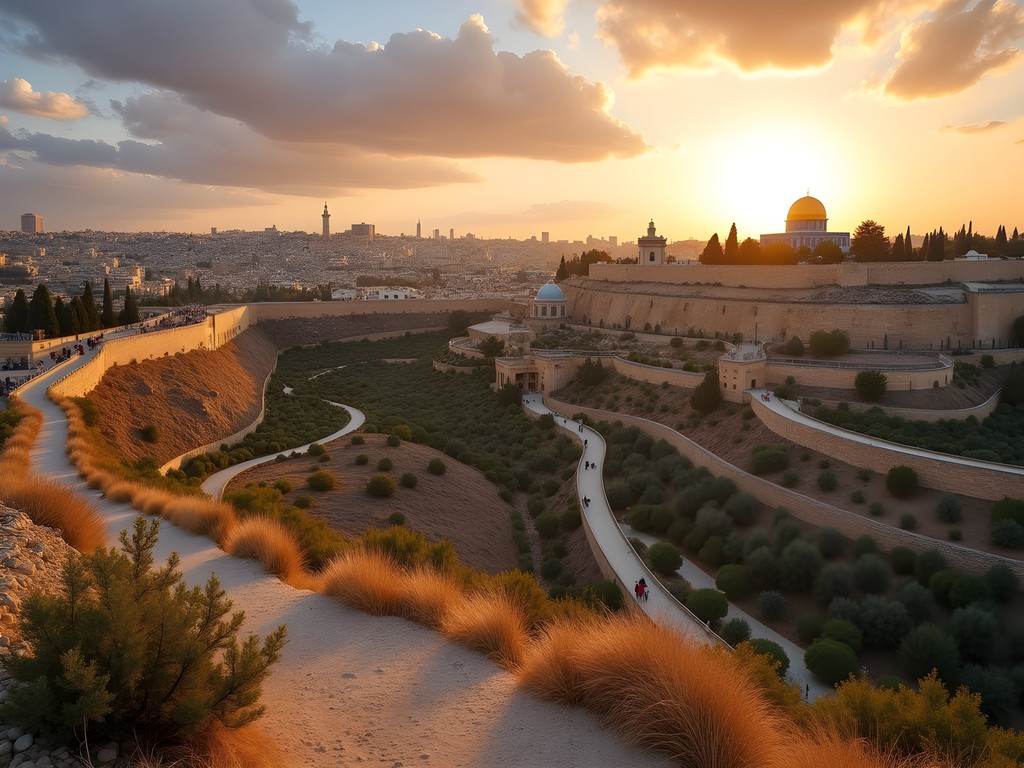
💡 Pro Tips
- Start training at least 3 months before with progressively longer and steeper hikes
- Book accommodations along the route well in advance, especially during religious holidays
- Break in your hiking boots thoroughly before the trip—the rocky terrain is unforgiving on new footwear
The Jerusalem to Jericho Segment: Walking Through History
The journey begins properly at the Mount of Olives, where the panorama of Jerusalem's Old City provides both inspiration and context for what lies ahead. This first segment follows portions of the ancient pilgrimage route that has witnessed thousands of years of human passage.
As we descended into the Kidron Valley, the urban landscape quickly gave way to rugged wilderness. The transition is remarkably abrupt—one moment you're amid the bustle of Jerusalem, the next you're traversing a landscape that appears largely unchanged since biblical times.
The path winds through Wadi Qelt, one of the most dramatic sections of the journey. Here, the trekking poles I brought proved their worth tenfold. The terrain is challenging—loose scree, narrow paths along steep drops, and uneven rocky surfaces demand your full attention and proper equipment.
Midway through this segment stands the remarkable St. George's Monastery, carved into the cliff face. This 5th-century structure seems to defy gravity and offers a profound reminder of the devotion that has drawn people to these harsh landscapes for millennia. We timed our arrival for afternoon, when the slanting light bathes the monastery in a golden glow that simply must be experienced firsthand.
The trail continues through increasingly arid landscapes until reaching the ancient Jericho oasis—reputedly the oldest continuously inhabited city on earth. The contrast between the harsh desert we'd traversed and the sudden abundance of palms and flowing water creates a profound sense of relief that pilgrims must have felt for thousands of years.
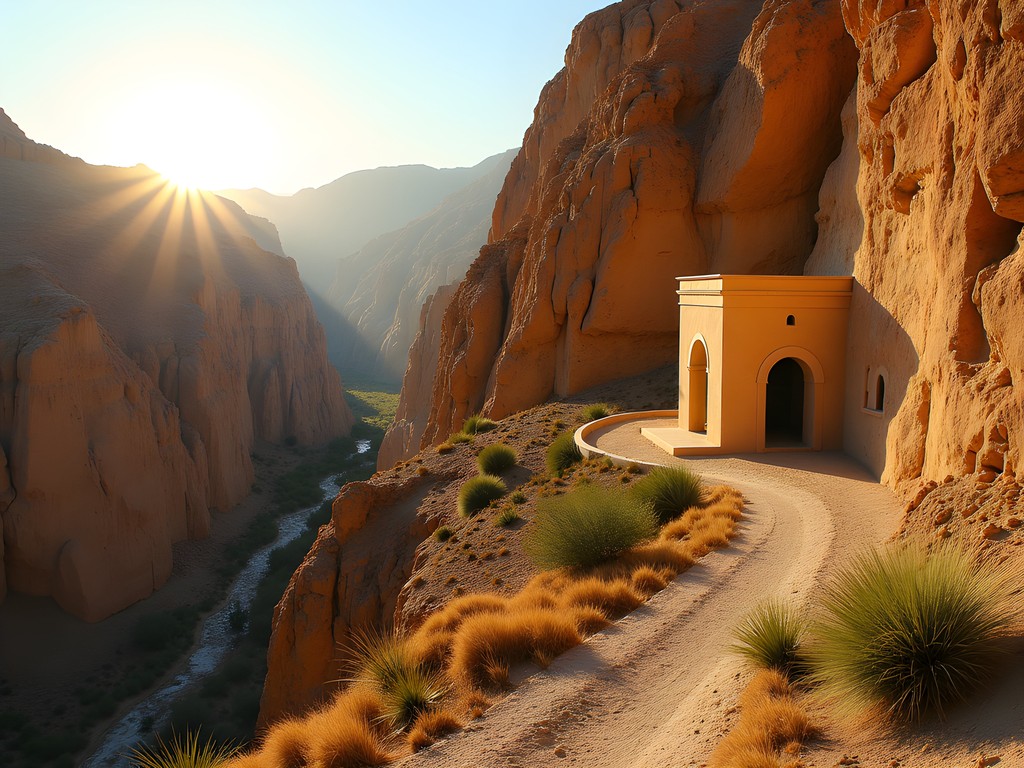
💡 Pro Tips
- Carry at least 3 liters of water per person for this segment, even in spring
- Visit St. George's Monastery between 9-11am or 3-5pm to avoid both crowds and midday heat
- Consider hiring a local Bedouin guide for the Wadi Qelt section—their knowledge of the landscape is unparalleled
Desert Survival and Spiritual Reflection
The middle portion of the trek takes you deep into the Judean Desert wilderness—a landscape of profound silence and stark beauty that has drawn spiritual seekers for millennia. This section requires both physical endurance and mental preparation.
The terrain becomes increasingly challenging as you move eastward, with temperatures fluctuating dramatically between day and night. My years of adapting to changing climates as a flight attendant served me well, but I was still grateful for my desert hiking attire which provided protection from both sun and occasional cool winds.
Water management becomes critical here. Beyond carrying sufficient supplies (I recommend a minimum of 4 liters per person per day), we utilized a water filtration system as backup for the occasional springs marked on specialized maps.
The landscape itself becomes a catalyst for reflection. My daughter and I established a routine of silent walking each morning, allowing the desert's profound quiet to create space for contemplation. Some of our most meaningful conversations about life, faith and purpose emerged after these periods of meditative walking.
One evening, we witnessed a desert sunset that transformed the landscape into a canvas of impossible colors—ochres, crimsons and finally deep purples bleeding into the horizon. In that moment, the physical challenges of the journey faded against the privilege of experiencing such raw, untamed beauty. For those with spiritual inclinations, the desert's emptiness creates a unique space for connection with something larger than oneself.
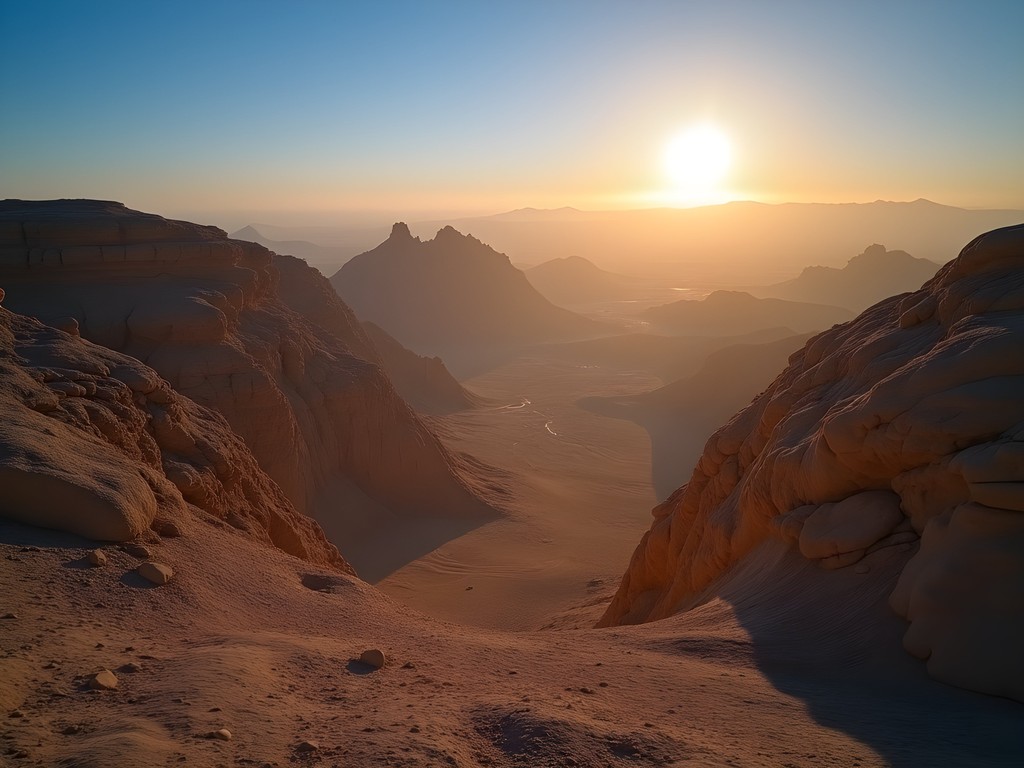
💡 Pro Tips
- Schedule challenging sections for early morning to avoid midday heat
- Embrace periods of silence while walking—the desert has much to teach those willing to listen
- Carry emergency electrolyte supplements to combat potential dehydration
Reaching the Dead Sea: The Final Descent
The final leg of this remarkable journey brings a dramatic topographical shift as you descend toward the lowest point on Earth. The trail winds downward through increasingly barren landscapes, with the vast blue expanse of the Dead Sea gradually expanding on the horizon.
This descent is physically demanding in its own right. The combination of heat, challenging footing, and the curious pressure changes as you drop below sea level creates a unique hiking experience. My hiking boots proved their worth here—the ankle support was crucial on the steep, loose sections of trail.
As you approach the Dead Sea, the landscape takes on an almost otherworldly quality. Salt formations create bizarre sculptures, and the light reflects off the mineral-rich water with an intensity that's both beautiful and slightly disorienting.
After days of physical exertion and the inevitable layer of dust that accompanies desert hiking, the therapeutic properties of the Dead Sea feel particularly rewarding. The sensation of effortless floating in the mineral-rich waters offers a perfect physical counterpoint to the journey's demands.
We concluded our adventure with a stay at one of the mid-range spa resorts along the shore. After applying the famous Dead Sea mud (though you can simply scoop it from designated areas along the shore), we found the combination of mineral-rich mud and water remarkably restorative for trail-weary muscles.
Watching the sunset over the Jordanian mountains from the shoreline, with Jerusalem now invisible beyond the wilderness we had traversed, created a perfect moment of completion—a physical journey that mirrored the internal one we had undertaken together.
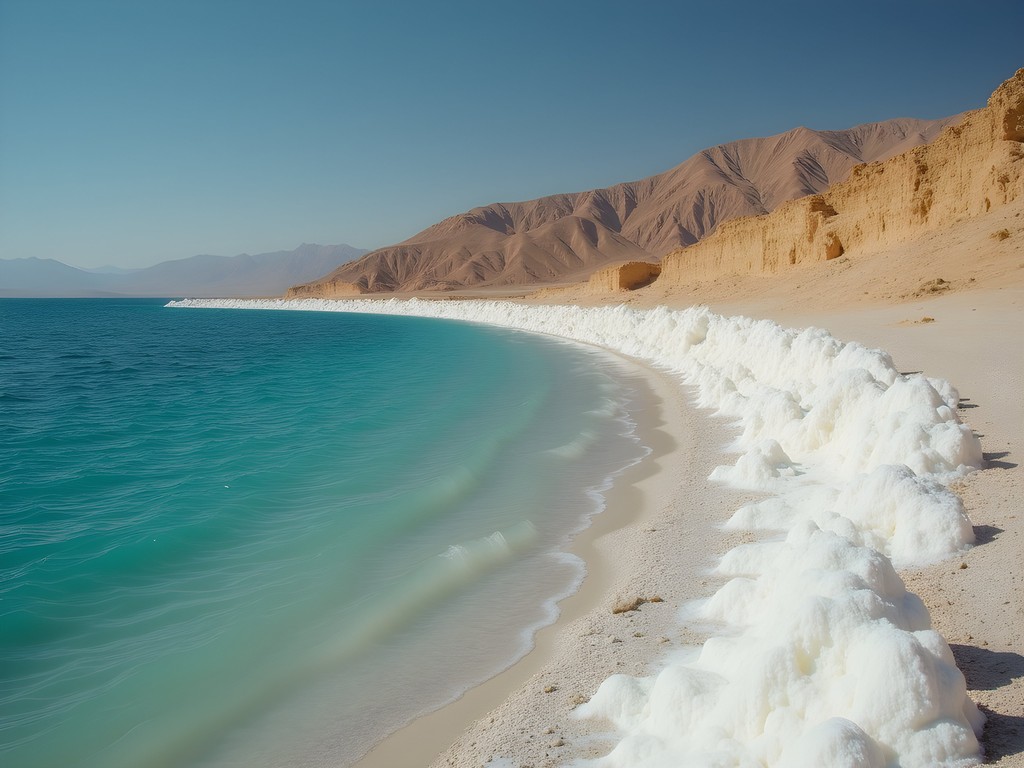
💡 Pro Tips
- Descend carefully using trekking poles to protect your knees on the steep final sections
- Bring flip-flops for the Dead Sea—the salt-encrusted shore can be sharp on bare feet
- Schedule at least one full rest day at the Dead Sea to allow your body to recover from the journey
Final Thoughts
The ancient path from Jerusalem to the Dead Sea offers far more than a physical challenge—it's a journey through layers of history, spirituality and natural wonder that few modern adventures can match. The contrasts are profound: from the sacred urbanity of Jerusalem to the absolute wilderness of the Judean Desert, culminating in the surreal mineral-laden waters of Earth's lowest point.
While demanding, this trek rewards the prepared traveler with experiences that resonate long after the journey ends. My daughter and I still reference our desert conversations years later, finding that certain insights crystallized in that stark landscape continue to offer clarity in our everyday lives.
If you're considering this remarkable journey, give yourself the gift of proper preparation, respect the desert's challenges, and remain open to the unexpected moments of wonder and connection that will inevitably arise. In our increasingly connected world, the profound silence and simplicity of this ancient pilgrimage offers a rare opportunity to hear your own thoughts clearly while walking in the footsteps of countless pilgrims who came before. The desert, as they say, doesn't give up its treasures easily—but for those willing to endure its challenges, the rewards are immeasurable.
✨ Key Takeaways
- Physical preparation is essential—this is not a trek for beginners
- The journey offers unique opportunities for spiritual reflection regardless of your faith tradition
- Spring (March-May) offers the ideal balance of manageable temperatures and natural beauty
- Proper gear and water management are critical safety factors in the desert environment
📋 Practical Information
Best Time to Visit
Spring (March-May) or Autumn (October-November)
Budget Estimate
£800-1200 per person for 7 days (excluding flights)
Recommended Duration
6-8 days (including rest day at Dead Sea)
Difficulty Level
Challenging
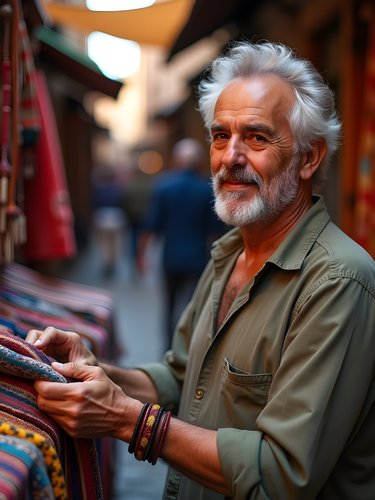
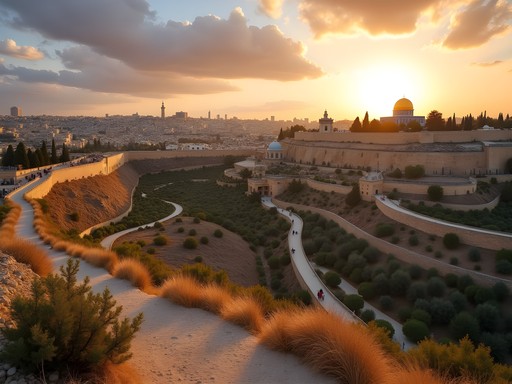
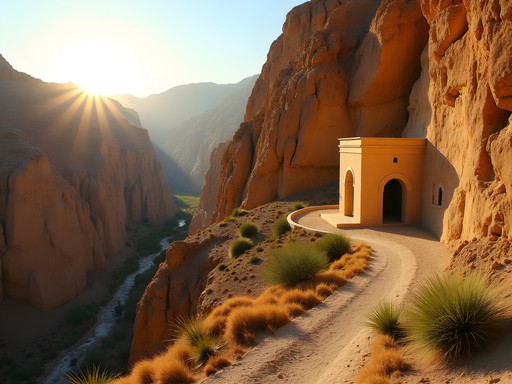

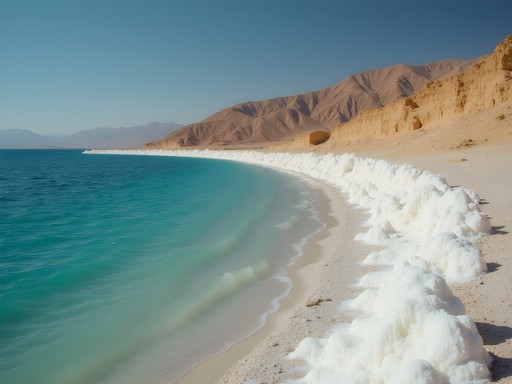



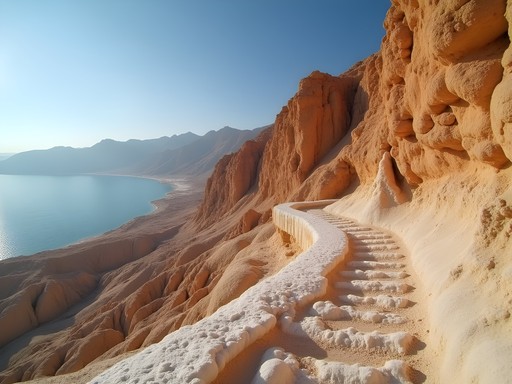
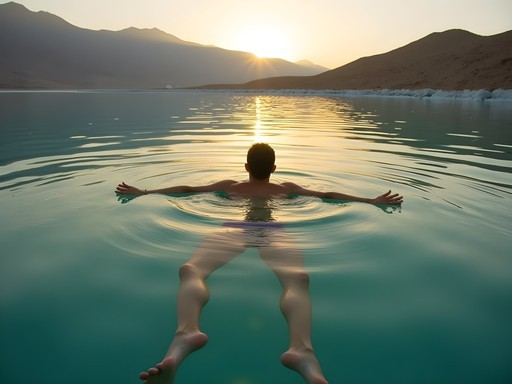
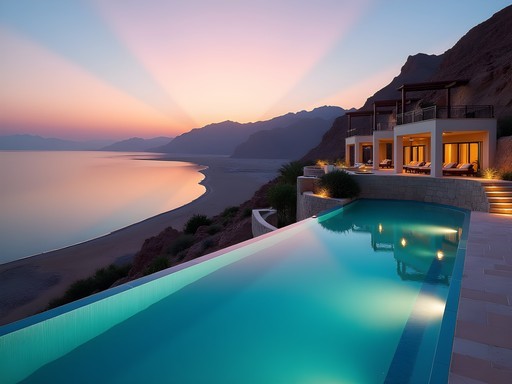




Comments
greenrider7080
Just wanted to add that if you're planning this trek, the best months are definitely November and March. We did it last November and the temperatures were perfect for hiking! The Wadi Qelt section was flowing with water which apparently doesn't happen year-round. Also, we stayed at a little guesthouse in Jericho halfway through that was run by a Palestinian family - best homemade meals of our entire trip to Israel/Palestine. The contrast between the dry desert and finally floating in the Dead Sea at the end is an experience I'll never forget!
skyadventurer
Did anyone feel any spiritual connection doing this hike? The blog mentions pilgrims and I'm curious about that aspect.
bluerider
YES! I'm not even religious but something about walking those ancient paths hits different. We stopped at St. George's Monastery and I just sat there for like an hour taking it all in. Something about the silence of the desert...
Gregory Boyd
Having hiked desert trails across five continents, I can confidently say this route offers a unique combination of historical significance and challenging terrain. The archaeological remains along the way provide fascinating context to what otherwise might just be a difficult trek. I particularly appreciated how William highlighted the water management systems created by ancient civilizations - those cisterns are engineering marvels that have lasted millennia. For anyone attempting this, I'd add that trekking poles are essential for the steep descents, especially the final one to the Dead Sea. The elevation change is dramatic (about 1200m descent) and hard on the knees. I used my trekking poles and they were lifesavers on those scree slopes.
starmood
Is it possible to do this solo or should I join a group?
Gregory Boyd
I did it solo last year, but you need solid navigation skills and desert experience. The trail markings can be faint in places. For most people, I'd recommend a guide or group for safety.
islandhero
Great post! Added to my bucket list.
bluerider
Just did this hike last month and it blew my mind!!! The moment when you first see the Dead Sea from the ridge is UNREAL. So blue against all that tan desert. Make sure to bring a hat though - I got so sunburned my nose peeled for weeks after 😂
Bella Johansson
I did this trek three years ago at 58, and it was transformative! The transition from the bustle of Jerusalem to the stark beauty of the desert is something that stays with you. My husband and I took three days, camping along the way. The stars at night were incredible - like diamonds scattered across black velvet. We met a Bedouin shepherd who shared tea with us near one of the ancient cisterns. Just remember to carry more water than you think you'll need - I went through 4 liters a day in April!
skyadventurer
How much water would you recommend for a day hike in September? Planning to go but worried about the heat.
Bella Johansson
September is still very hot! I'd say absolute minimum 5 liters per person, and start before sunrise. The last stretch before the Dead Sea has zero shade.
globelegend9113
Wow, this hike looks incredible! Been wanting to do this for years.
wanderlusthero
Adding this to my bucket list! Those views are insane!
greenseeker
Anyone attempting this hike should definitely check the weather forecast obsessively before going. Flash floods are no joke in those wadis. We had to reroute once because of unexpected rain upstream. Also, the Bedouin tea at the rest stops is a lifesaver - worth every shekel!
wanderlustrider
Good point about the flash floods! We saw evidence of one that had happened just days before our hike. Scary stuff.
Venture X
Premium card with 2X miles, $300 travel credit, Priority Pass